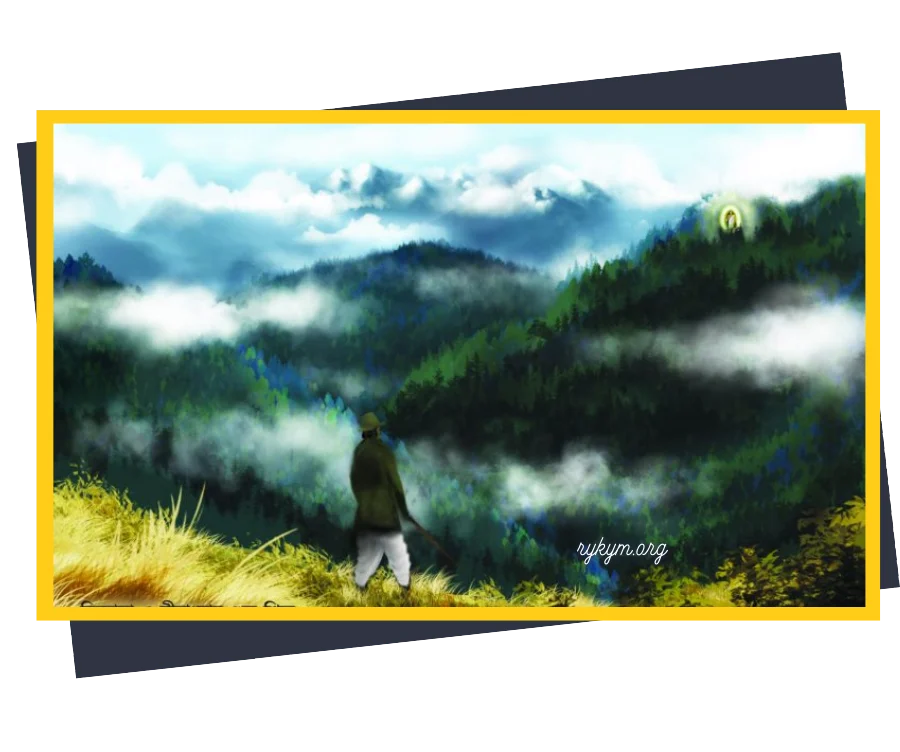
This account of the life of Shree Lahiri Mahashaya was first published in the 3rd Edition of Anweshan in July 2020. We are now presenting it in a web format so that devotees may once again experience the nectar of the divinely inspired events of Lahiri Baba’s life.
The Call of Destiny : Lahiri Mahasaya Receives His Transfer Letter
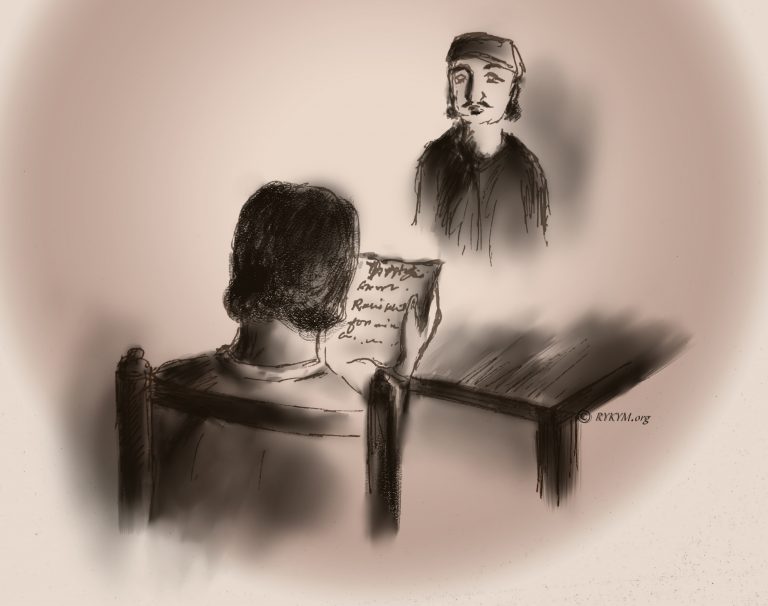
At the age of 23, Shyamacharan (Lahiri Mahasaya) began his career in the Public Works Department. Initially stationed in Ghazipur (Uttar Pradesh), he was transferred to several places, including Mirzapur, Buxar, and Gorakhpur. In November 1868, he received a transfer order to Ranikhet, a remote town in the Almora district of the Himalayas, where he was appointed as Head Clerk. A week later, he left for Ranikhet, leaving his wife and children in Varanasi.
Lahiri Mahasaya Arrives in Ranikhet
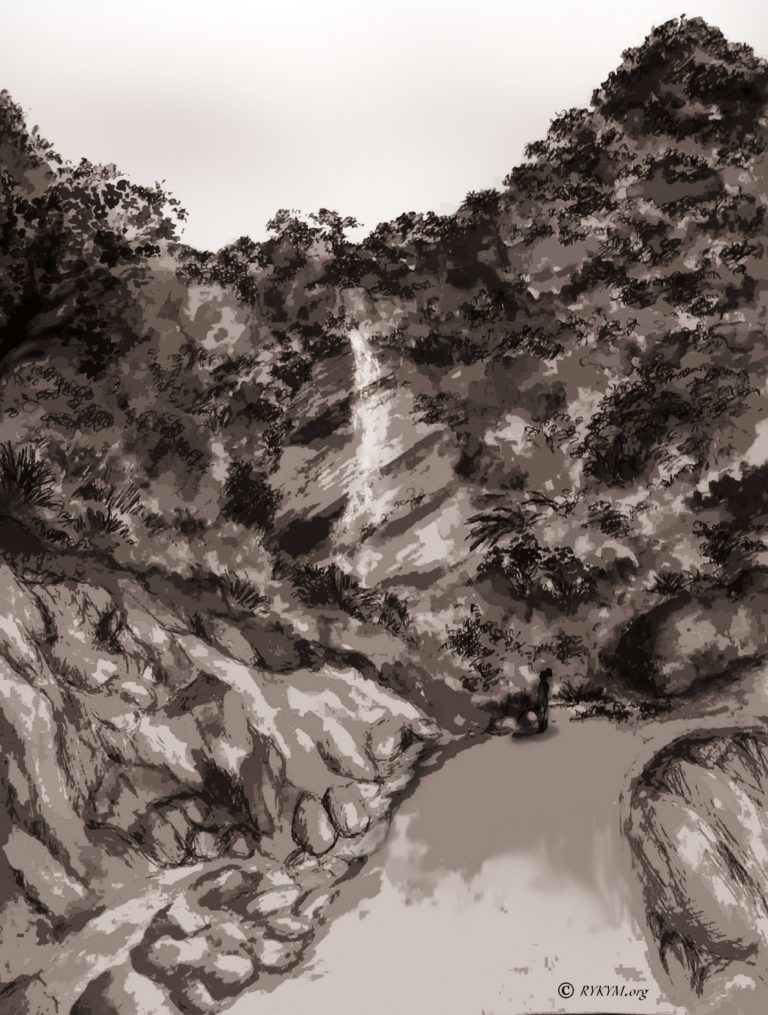
After several days of travel, Shyamacharan reached Ranikhet, a secluded and serene location. At the time, the Public Works Department, under British governance, was engaged in road construction projects to improve communication in the region. Enchanted by the pristine environment, snow-capped peaks, and tranquil surroundings, Shyamacharan would often take evening walks after finishing his work.
The First Meeting with the Babaji
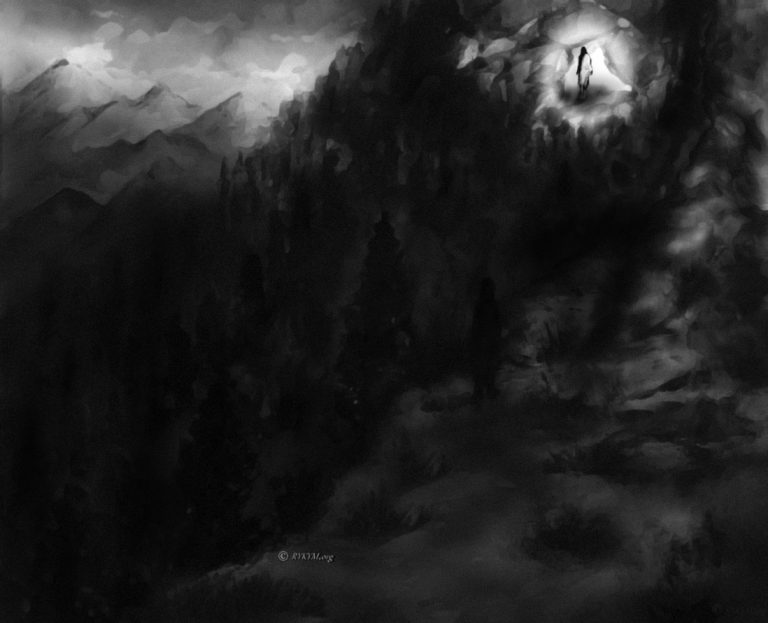
One evening, while on his usual stroll with sepoys and peons, Shyamacharan heard someone calling his name from a distance. He soon saw a young Sadhu standing atop a small mountain, beckoning him. The sadhu descended and said, “I knew you would come this way, so I have been waiting for you. My cave is at the top of this mountain. Come to my cave tomorrow after your office work.”
Memories from a Past Life
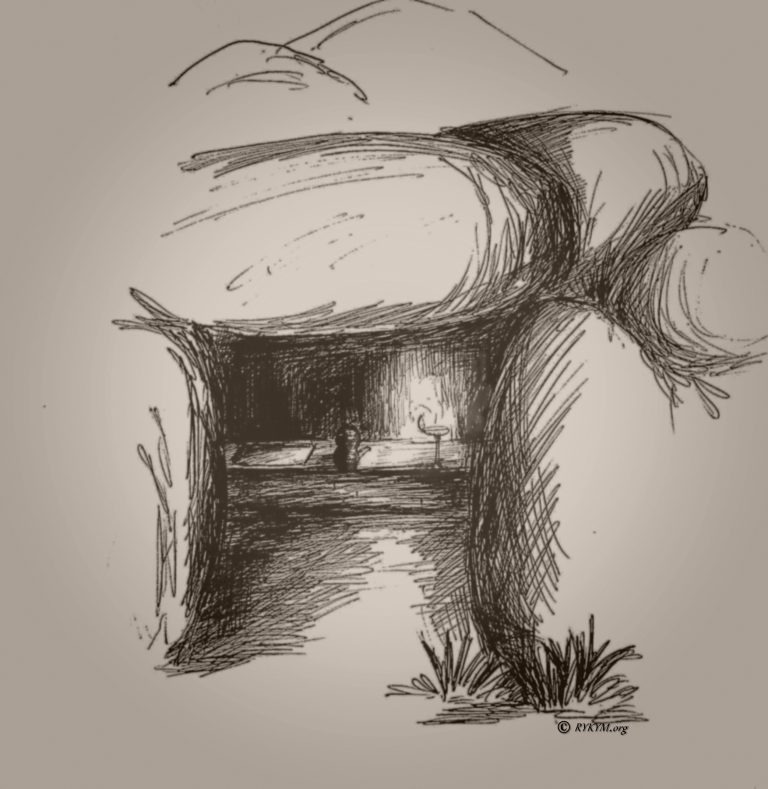
That night, Shyamacharan could not stop thinking about the encounter with the Sadhu. Although he had heard stories of robbers disguised as sadhus, he was puzzled by how the monk knew his name. The next day, after finishing his work, Shyamacharan set out alone to meet the sadhu, walking through a dense forest. However, he lost his way and, unsure of where to go, sat on a rock in confusion. Suddenly, he heard the monk's voice calling, and following the sound, he reached the cave.
The sadhu asked, “Shyamacharan, do you recognize me? This is where you practiced intense meditation in a previous life. This tiger skin mat and water pot belong to you. Don’t you remember?” Though intrigued, Shyamacharan could not recall anything and asked for forgiveness. The sadhu responded, “Mahamaya has made you forget, but don’t worry, you will remember everything.” He touched Shyamacharan, and a thunder-like energy coursed through his body, awakening memories of his past lives. Shyamacharan recognized the sadhu as his Guru from a previous birth.
The Initiation into Kriya: A New Chapter Begins
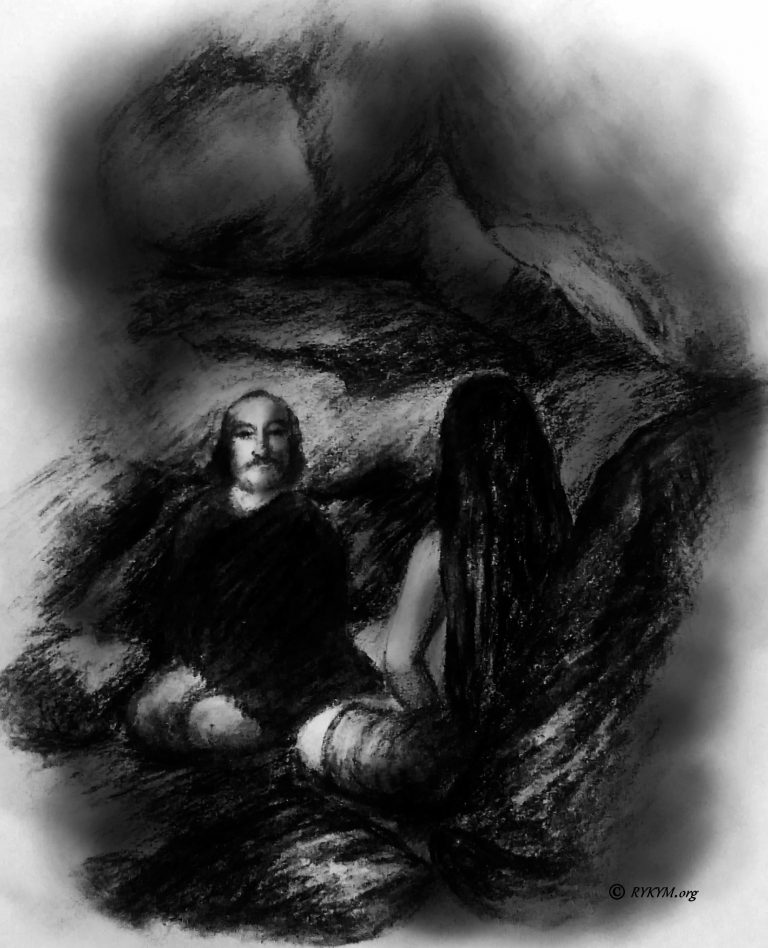
Shyamacharan was initiated into Kriya Yoga by his Guru in a cave in the Dronagiri mountain, under the Dwarahat range, 15 miles from Ranikhet. This initiation marked the beginning of a new era in the world of self-realization, as the ancient science of Kriya Yoga, previously hidden, was now destined to benefit millions of householders and ascetics alike.
The Initial Days of Sadhana: Rigorous Practice in Secrecy
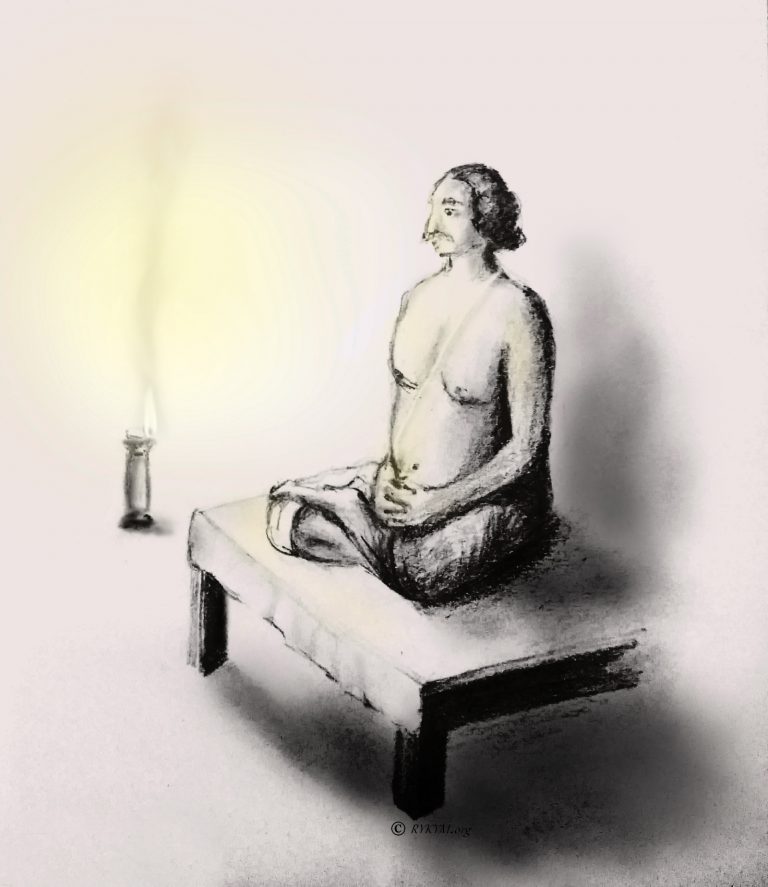
After his meeting with his Guru in Ranikhet, Shyamacharan was transferred to various places, eventually settling in Danapur. During his time there, he practiced rigorous Kriya Yoga in secret, ensuring that no one knew of his nightly routine. He continued his Kriya practice diligently, never allowing laziness to take hold, and despite his intense meditation, he remained physically strong.
Yogiraj: The Ever-Compassionate One
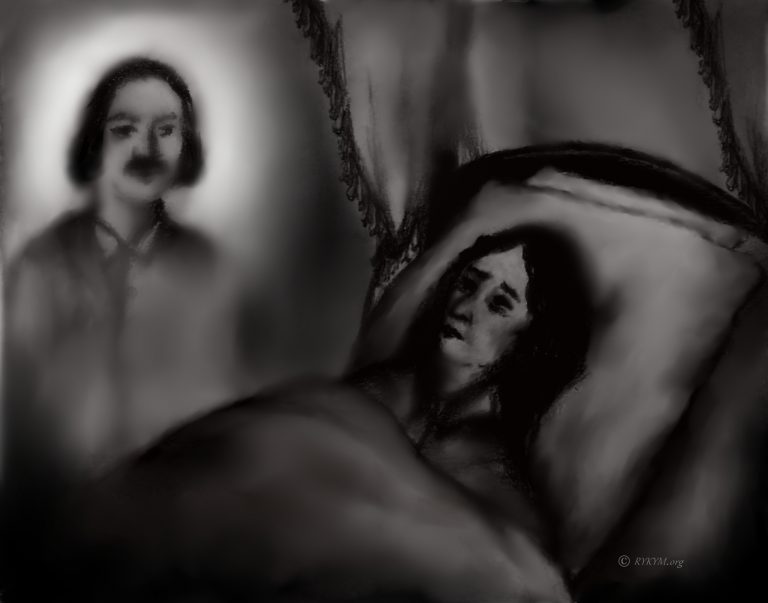
One day, Shyamacharan noticed that his superior officer (Sahib) was distressed and inquired about his troubles. The Sahib explained that his wife, who was in England, was gravely ill. Moved by compassion, Shyamacharan entered a room and began intense meditation. After some time, he emerged and assured the Sahib that his wife would recover, and he would soon receive news confirming this. The Sahib, skeptical, dismissed the prediction.
However, a few days later, the Sahib received a letter from his wife, confirming her recovery—just as Shyamacharan had foretold. The Sahib's wife later traveled to Danapur, where she recognized Shyamacharan as the figure who had stood by her bedside during her illness. Overwhelmed with gratitude, the Sahib came to revere Shyamacharan's supernatural abilities.
Yogiraj's Meeting with Tailang Swami
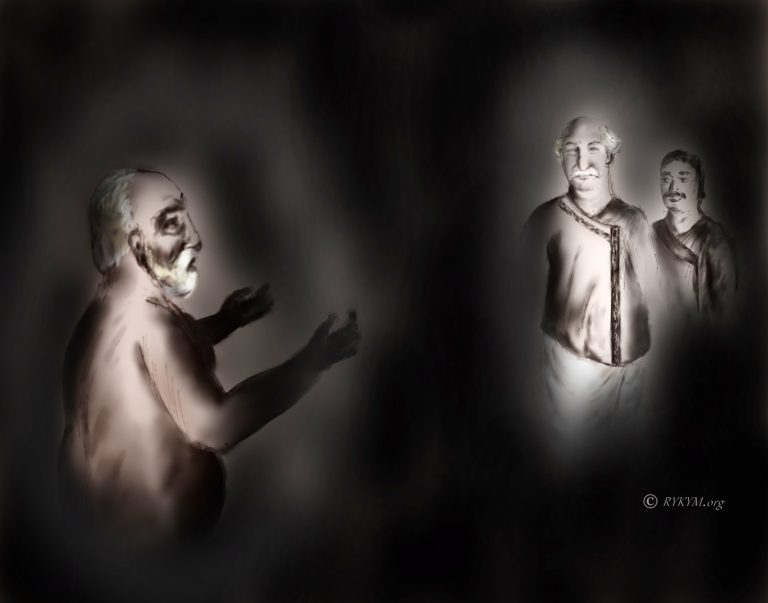
The renowned homeopathic physician Gopalachandra Bandopadhyay, a disciple of Yogiraj, often visited the famous saint Tailang Swami, known as the "walking Shiva" of Varanasi. One day, Gopal Babu invited Yogiraj to meet Tailang Swami. When Yogiraj arrived at the Panchganga Ghat Ashram, Tailang Swami, who was always silent and composed, rose excitedly and embraced him. The two yogis stood in silence for some time, sharing a profound connection. After Yogiraj left, Tailang Swami’s disciples, amazed by his reaction, asked why he had behaved so unusually. He replied, writing on a slate, “He has realized the supreme truth while remaining a householder, a truth that renunciates seek by giving up everything.”
Kashimoni Devi’s Realization
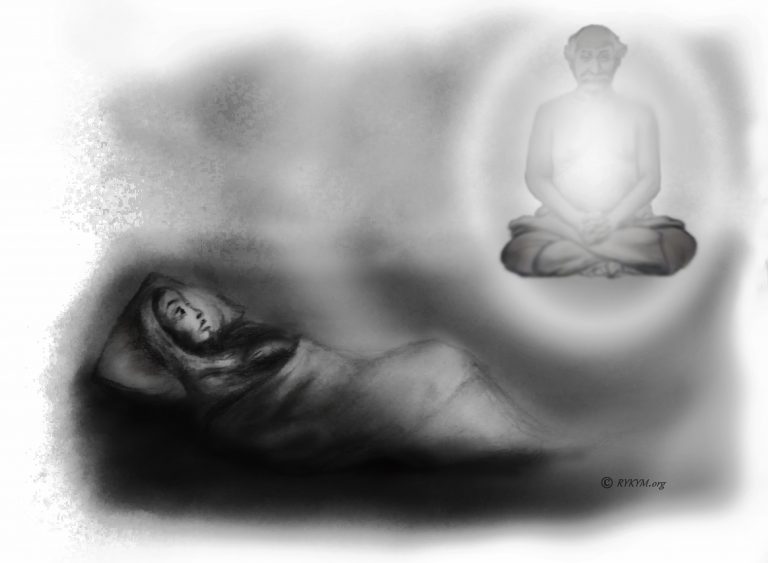
Kashimoni Devi, Shyamacharan’s wife, was unaware of the heights her husband had reached in his spiritual practice. One night, unable to find him, she searched and discovered him levitating in Padmasana (lotus posture). Overcome with emotion, she prayed for his forgiveness, realizing that she had unknowingly committed mistakes. The next day, she asked for initiation into Kriya Yoga, which Shyamacharan granted.
Yogiraj’s Teaching on Prarabdha
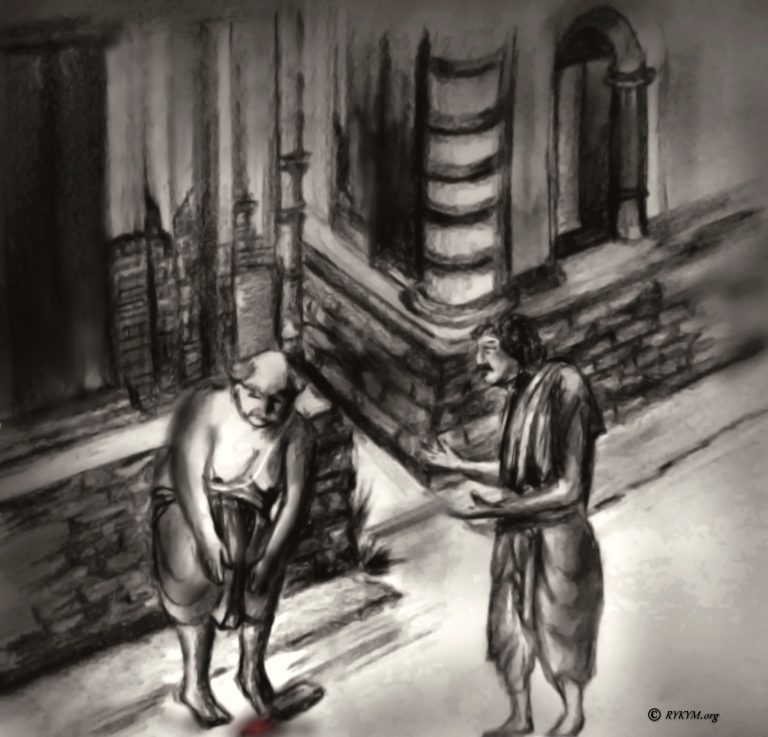
Yogiraj often took morning baths at Rana Mahal Ghat with his devotee, Krishnaram. One day, as they walked back, Yogiraj asked Krishnaram to tear a piece of cloth. Moments later, a brick fell from a roof and struck Yogiraj’s foot, causing a small injury. Krishnaram, puzzled, asked why Yogiraj hadn’t avoided the brick if he knew it would fall. Yogiraj smiled and replied, “If I had avoided it now, I would have had to repay this debt later, with interest. It’s better to exhaust one's prarabdha (destiny) as soon as possible.”
The Lone Photograph of Yogiraj
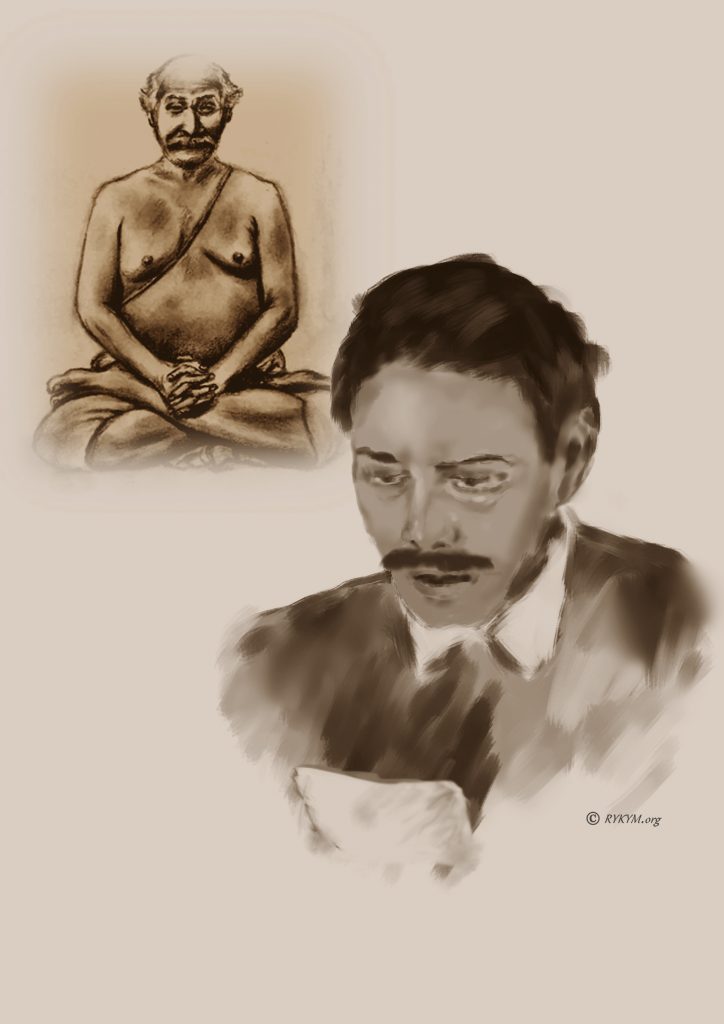
Yogiraj disliked publicity and never agreed to be photographed. However, some devotees insisted on having his photograph taken, so they hired a photographer. Despite several attempts, the camera failed to capture his image, as if an invisible force was preventing it. Only after Yogiraj consented did the camera finally succeed. The photograph that exists today is the sole image of Lahiri Baba, taken by Gangadhar Babu.
The Omniscient Master Saves Life
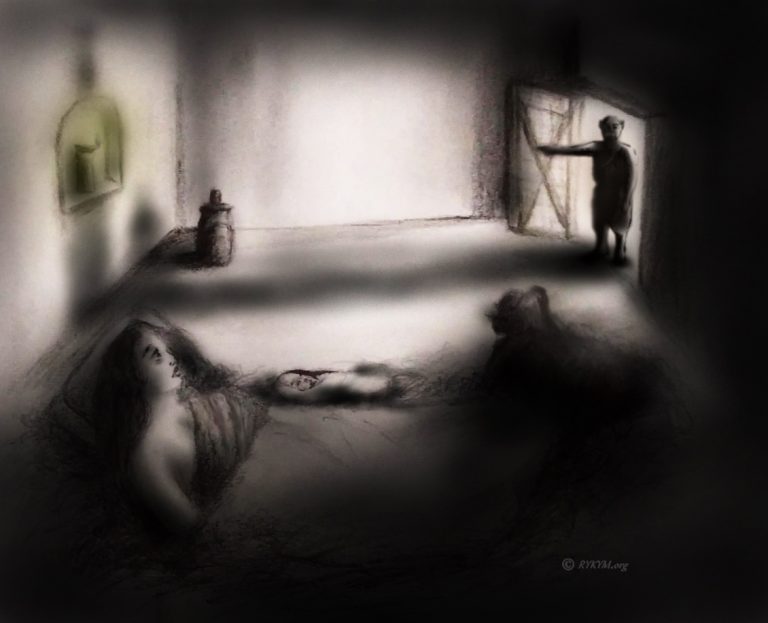
Abhaya, a disciple of Lahiri Baba, came to him with the hope of becoming a mother. Yogiraj predicted that she would give birth to a daughter but instructed her to keep a lamp lit in the delivery room until sunrise. Exhausted after childbirth, Abhaya fell asleep, and the lamp nearly went out. At that moment, Yogiraj appeared at the door and reminded her to replenish the oil. Upon realizing that he had come in his astral form to fulfill his word, Abhaya was overwhelmed with gratitude.
The Relevance of the Gita for Kriyabans
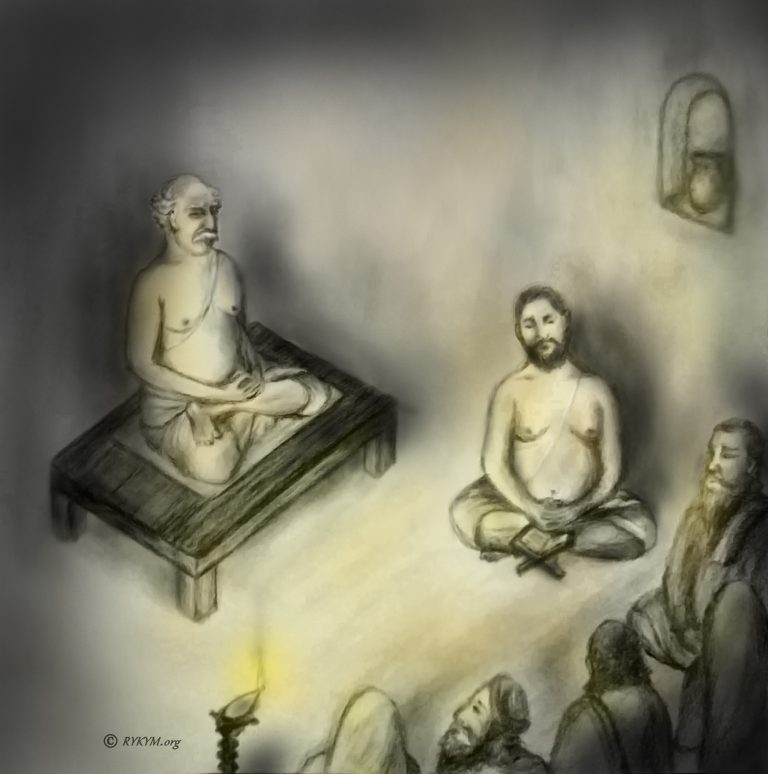
Yogiraj instructed every Kriyaban to read the Gita daily, describing it as the soul of India. He explained the Gita’s verses in the light of Kriya Yoga and distributed copies among his disciples. His interpretations were compiled by advanced disciples, including Panchanan Bhattacharya, and are now available in the book Spiritual Interpretation of the Gita.
Tags
- Log in to post comments
